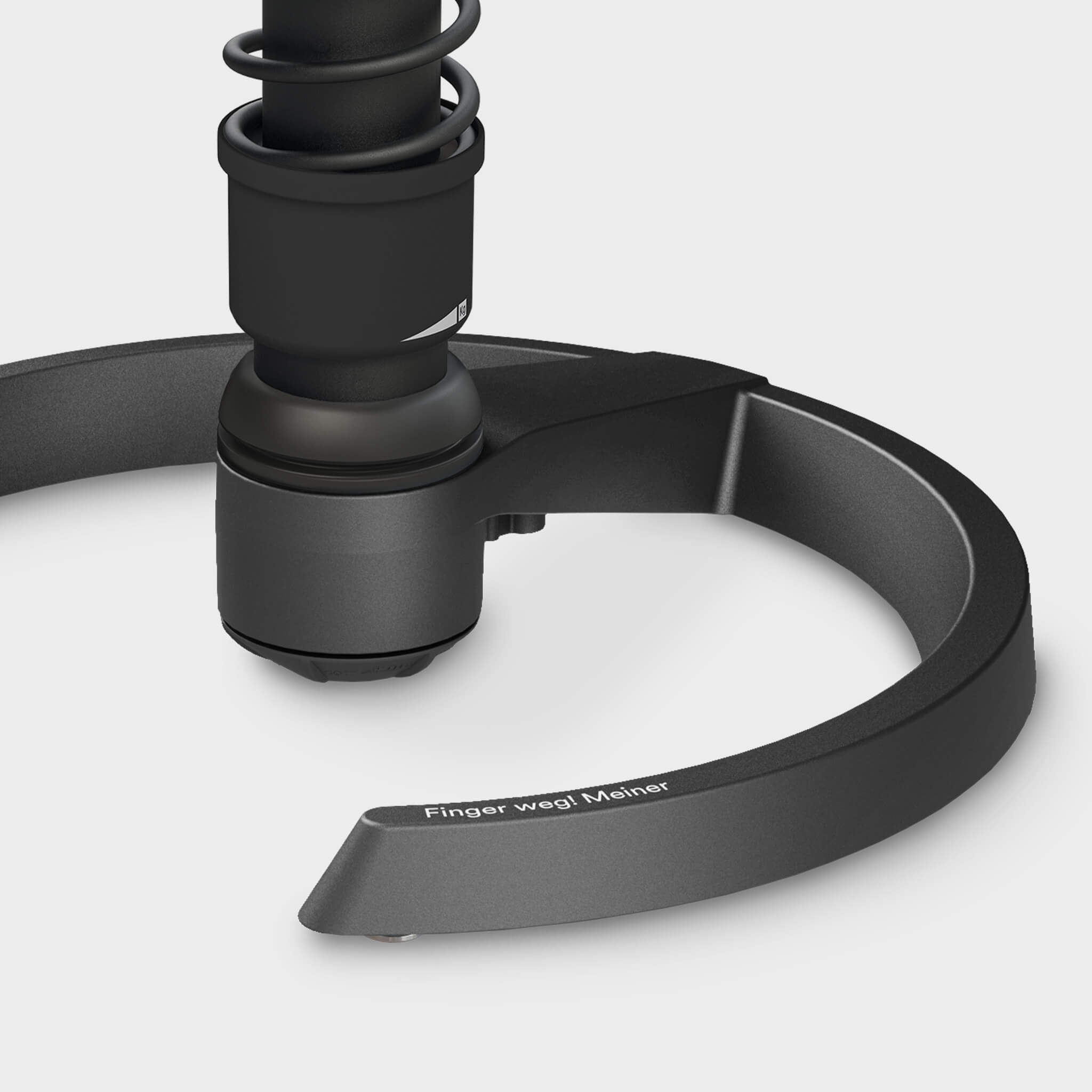What is an intervertebral disc?
An intervertebral disc (lat. Discus intervertebralis) is a small, fibrous cartilaginous disc between two vertebrae, which consists of two parts: the anulus fibrosus, which is the outer fibrous ring that fixes the intervertebral disc in its position, and the nucleus pulposus, which is a liquid gelatinous core. Due to the high water content in the nucleus pulposus, each intervertebral disc acts like a small cushion or a small shock absorber between the individual vertebrae.
If pressure is applied to the intervertebral discs, they lose their fluid. This causes a person to shrink by up to three centimeters a day. When the pressure on the intervertebral discs is relieved, i.e. when lying down, the intervertebral discs absorb the fluid again like a sponge. By squeezing out and absorbing the fluid, the intervertebral discs are supplied with nutrients, as they no longer have blood vessels after the age of 20 when growth has stopped. The pressure change between pressure and relief is therefore one of the basic requirements for the metabolism of the intervertebral discs. This pressure change is promoted by human movement.
Where is the intervertebral disc located?
The intervertebral discs are located between the individual vertebrae of the spine (consisting of the cervical, thoracic and lumbar spine) and flexibly connect the vertebrae to one another. Exceptions to this are the connections between the skull and the first cervical vertebra and between the first and second cervical vertebra - here there are no intervertebral discs. In total, an intact spine has 23 intervertebral discs, which make up about a quarter of its total length.
What is the function of the intervertebral disc?
Intervertebral discs act as shock absorbers or buffers between the individual vertebrae. Since they are elastic themselves due to the liquid gelatinous core, they ensure mobility of the spine. Without intervertebral discs, the vertebrae would lie directly on top of each other and would block or get caught in each other, which would be very painful. The intervertebral discs also protect the nerve fibers of the spinal cord.
What is a herniated disc?
As we get older, the water content and thus the elasticity of the disc decreases. If the fibrous ring that surrounds the soft core of the disc becomes more brittle as a result, the nucleus pulposus can bulge. In this case, we speak of a disc bulge. If the fibrous ring is even penetrated by the nucleus pulposus, this is a herniated disc. The disc falls forward, so to speak.
Most often, herniated discs occur in the lumbar spine area, i.e. in the lower part of the spine. This is because the spine is subjected to significantly more strain here than, for example, in the cervical spine area. Obesity , long periods of sitting at work, lack of exercise and incorrect strain ( osteochondrosis ) all play a major role.
Why does a herniated disc hurt?
The symptoms caused by a slipped disc depend on where it occurs, how severe it is and whether nerves or nerve roots are involved. If the slipped disc presses on nerve roots that emerge from the spinal cord in the lumbar spine area, this primarily causes pain. This is often described as constant, stabbing and increasing with movement. The most common is sciatic pain, which can radiate from the buttocks into the leg and is often referred to colloquially as " lumbago ". In the cervical spine area, a slipped disc causes neck pain and pain that radiates into the arm.
How can I prevent herniated discs?
The most common cause of slipped discs is a lack of exercise and the resulting weakening of the back and abdominal muscles. Due to technological developments, we move less and less in our everyday lives and at work. More than two thirds of employees move less than 1 hour a day. The main reasons given are a lack of motivation - and a lack of time. It is therefore sensible to ensure continuous movement while working. Right at the office chair, where you often sit for up to 10 hours a day.
More movement with Aeris office chairs
Aeris' active chairs, such as the Swopper and the 3Dee, offer a sensible solution for this. Thanks to a special 3D technology, they not only make natural and self-organized movement possible when sitting, but also encourage and promote it. This type of movement corresponds to the natural human urge to move: spontaneous, intuitive, free in every direction and self-organized. The 3D movement eliminates one-sided pressure loads on the intervertebral discs. The vertical oscillation loads and relieves the intervertebral discs and thus supports the supply of nutrients. This keeps them healthy and elastic. The moving, dynamic sitting also strengthens the abdominal and back muscles and thus prevents back pain and herniated discs.
References
Active Office: Why offices make us sick and what can be done about it, Josef Glöckl and Dieter Breithecker, Springer Gabler Verlag, 2014
